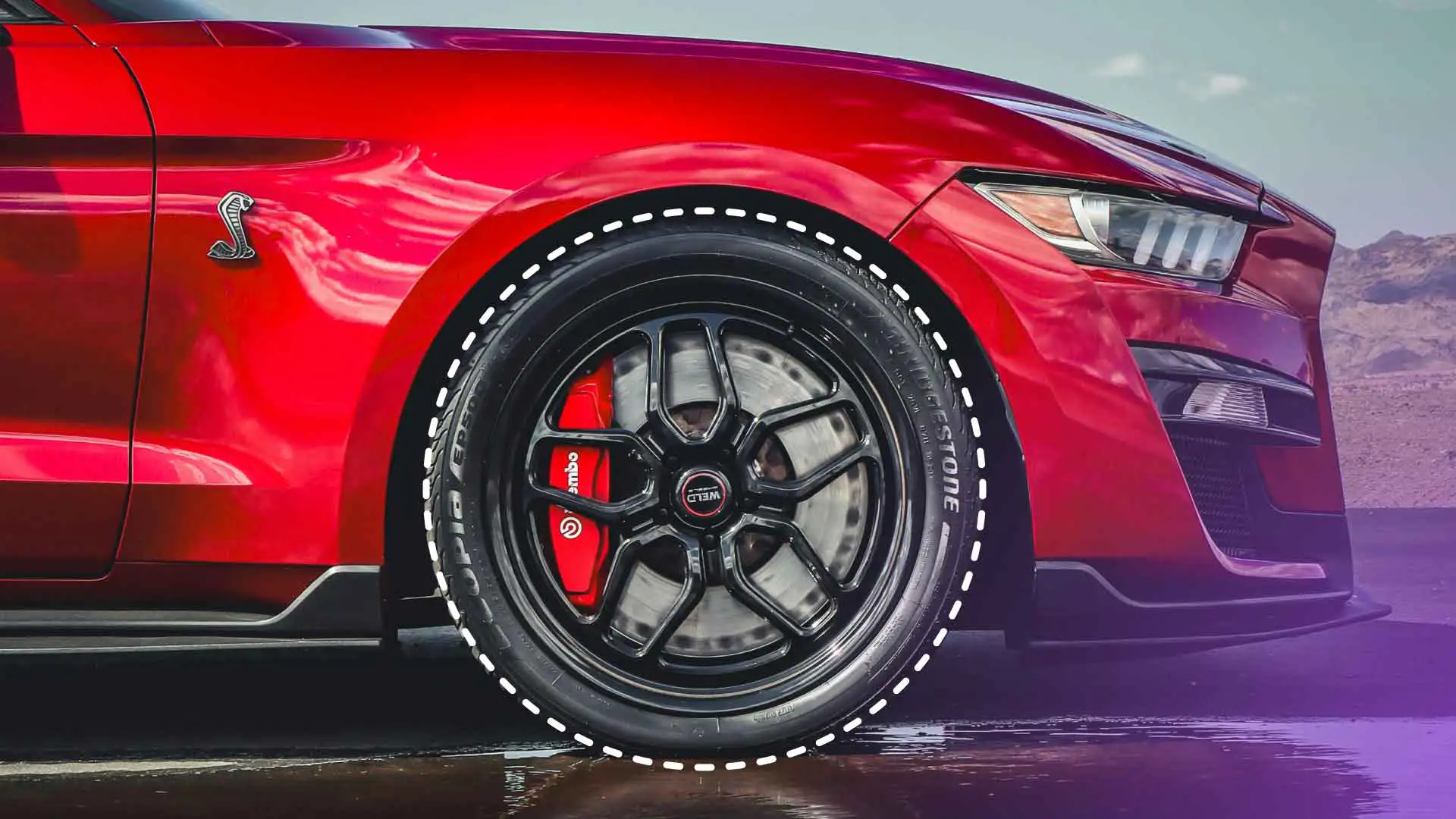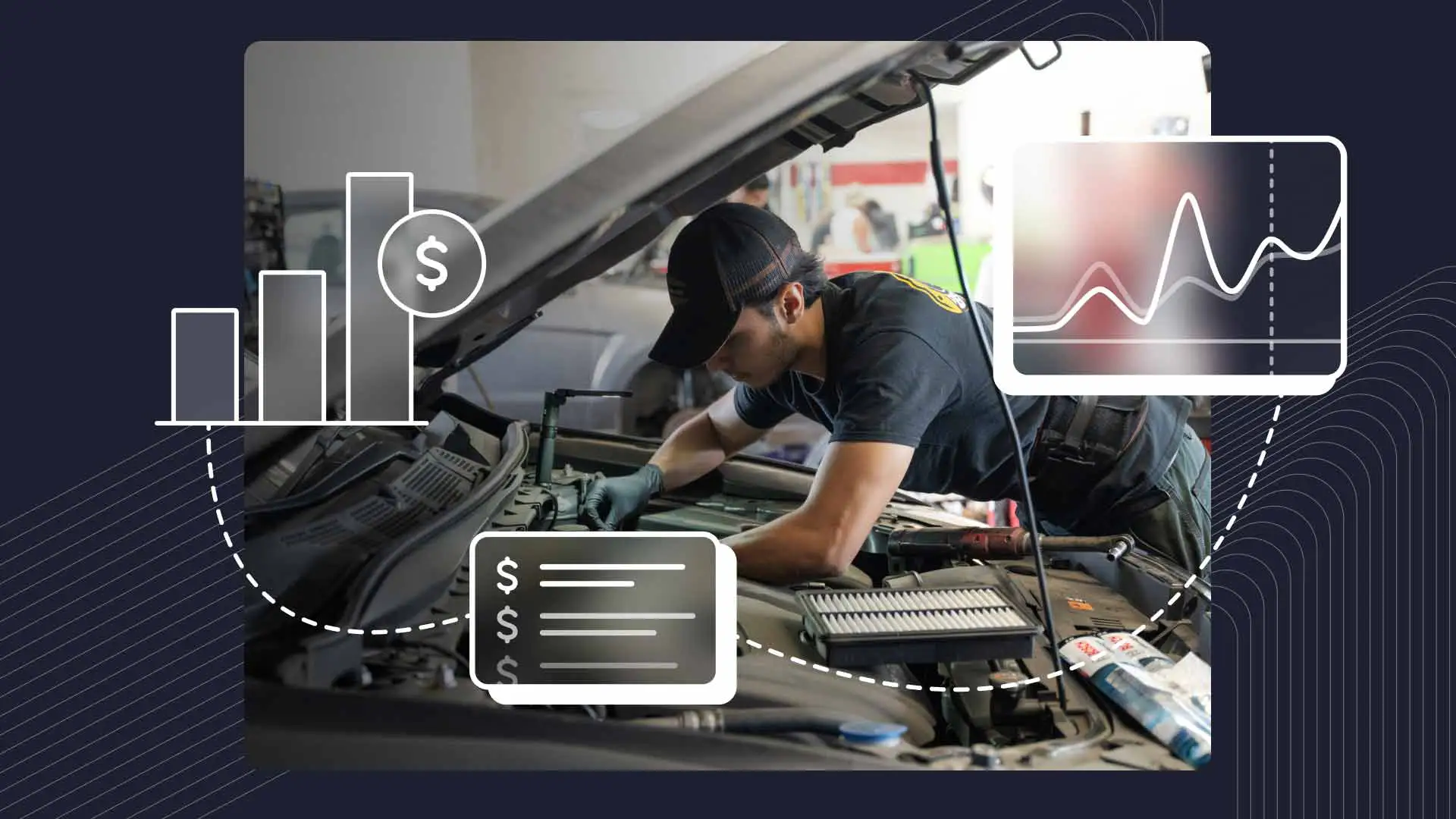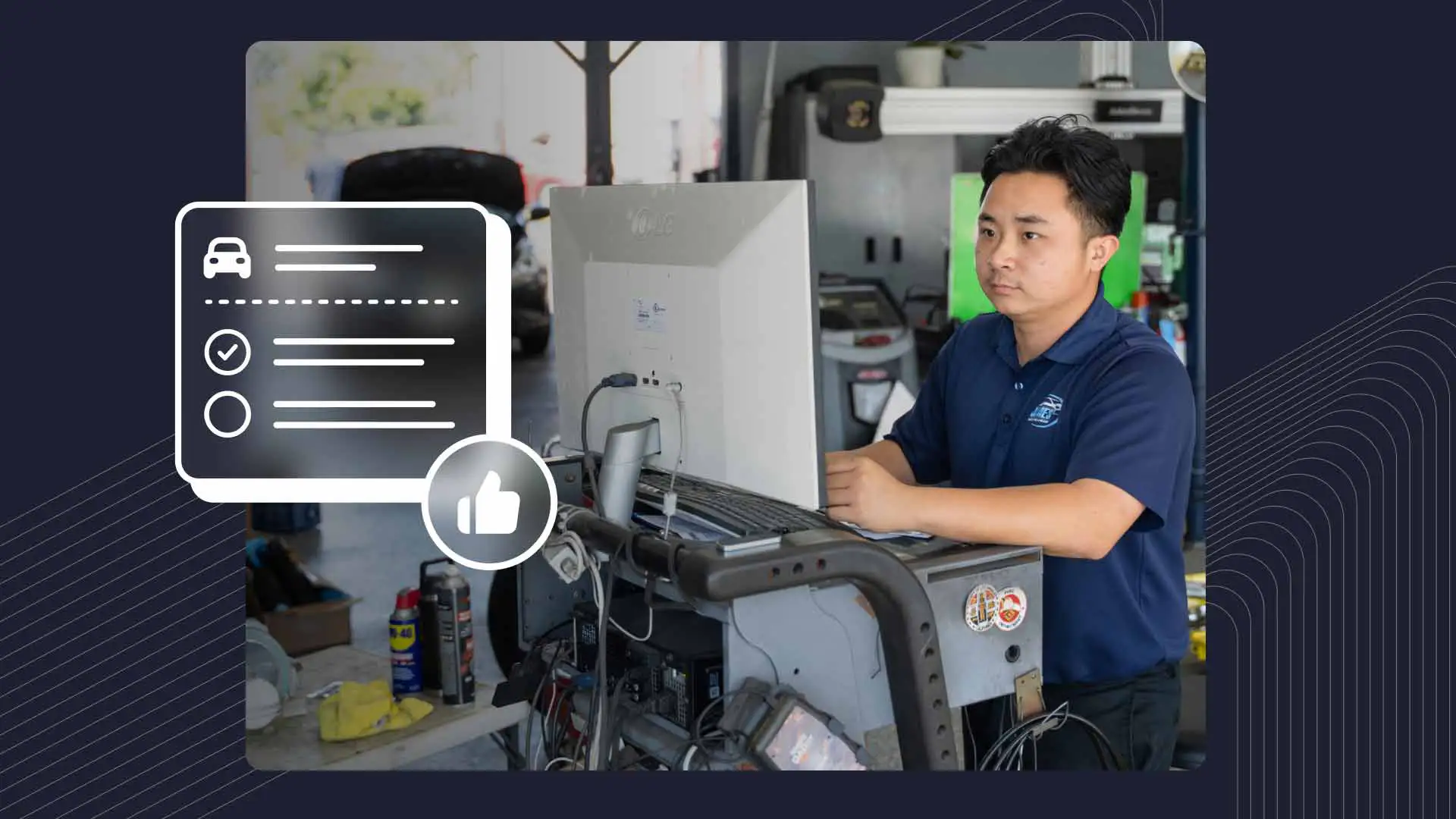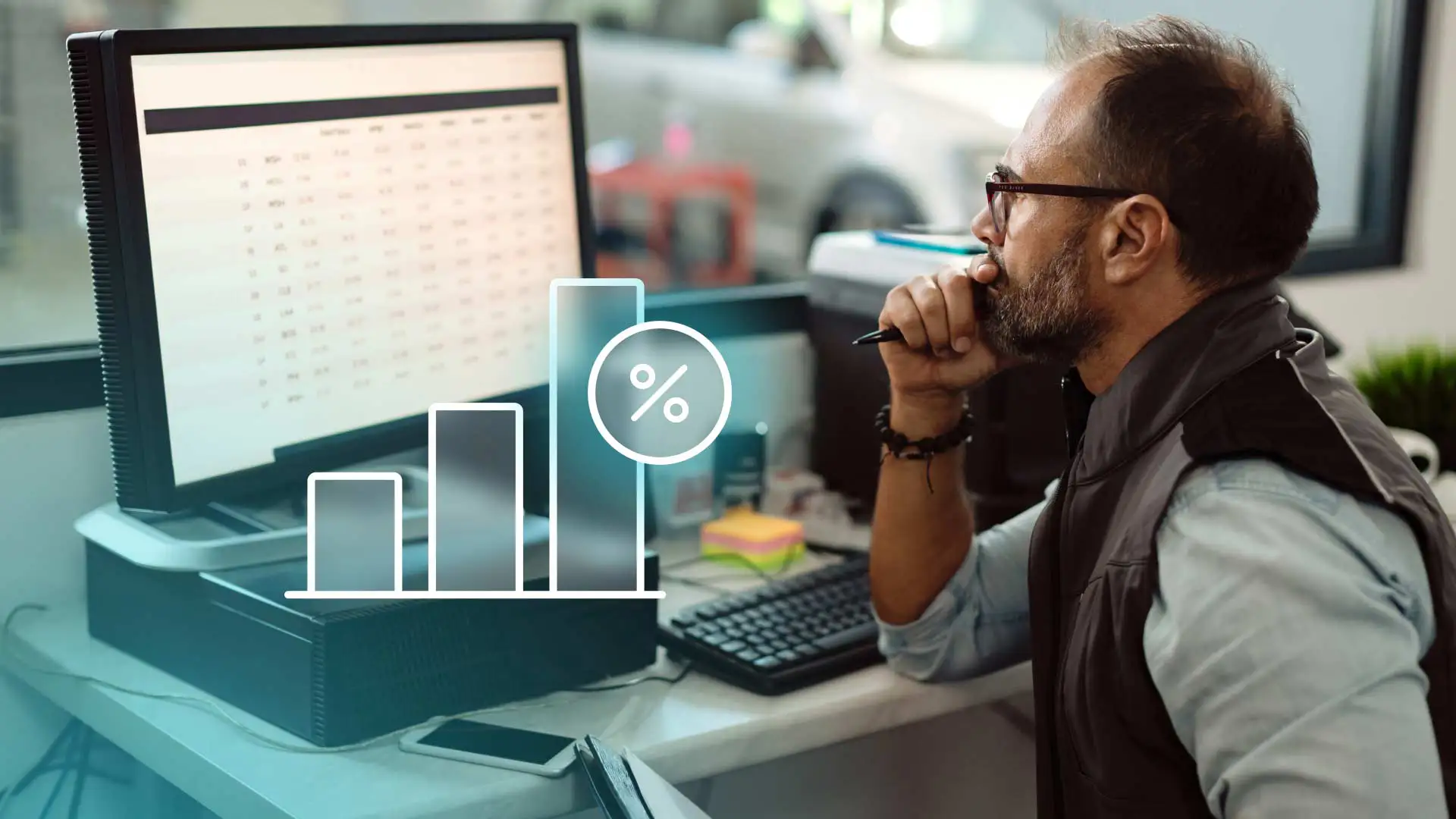Tire technology is evolving faster than a NASCAR pit stop. Today’s components are a far cry from the basic black rubber of yesteryear–they’re packed with innovations that play a major role in vehicle performance, safety, and longevity. These advancements also open up new profit opportunities for your shop.
What kind of advancements are we talking about? Electric vehicles (EVs) need special low-rolling-resistance compounds, while run-flat tires require precise installation and service. Meanwhile, all-season options have raised the bar for both reliability and performance. To deliver accurate diagnostics, efficient repairs, and outstanding customer service, tire shops must stay sharp, which means investing in the right equipment, training technicians on the latest techniques, and keeping up with industry happenings.
Shops that adapt can charge premium rates for specialized services like run-flat repairs, advanced EV alignments, and high-performance tire installations. But without preparing for and understanding new tire tech, you risk losing customers–and revenue–to the competition. Let’s make sure that doesn’t happen!
Understanding Run-Flat Tires
How They Work: Run-flat tires have reinforced sidewalls that keep the vehicle moving even after a total loss of air pressure. This design makes the car safer by helping prevent blowouts and giving the driver enough time to reach a safe location, albeit at lower speeds. They do, however, come with some trade-offs, including a stiffer ride thanks to those bulked-up sidewalls; they usually cost more to replace than regular tires, too.
Service and Repair: You’ll need specialized tools and know-how before tackling run-flats. Mounting and dismounting these tires can be tricky on account of their hefty construction, and doing it wrong may result in damage. There’s also some debate over repairing vs. replacing a punctured run-flat. For safety reasons, some manufacturers strictly oppose repair, while others say it’s OK in certain situations. Something else to keep in mind: Run-flats are closely connected to Tire Pressure Monitoring Systems (TPMS), which must always be properly calibrated and working correctly.
Customer Communication: It’s important to educate customers on the advantages and limitations of run-flat tires. They should know that along with added safety and convenience come higher replacement costs and a slightly firmer ride. Setting realistic expectations will help customers make informed decisions and build trust in your shop.
The Scoop on All-Season Tires
How They’ve Evolved: All-season tires have come a long way since their early designs. Today, these tires have complex tread patterns and unique rubber compounds that provide exceptional traction and durability–not to mention ride-comfort–in all sorts of weather conditions. Their adaptability to extreme temperatures makes them a popular choice for year-round driving. Plus, there’s a real difference in how much better the newer models stand up to rain and snow compared to older versions.
Meeting Customer Needs: Figuring out which types of tires are best means taking a look at their driving habits, as well as the local climate. For example, drivers who experience milder winters may do better with standard all-season tires, while those who see harsher winters might need all-weather or winter tires with deeper treads and intricate patterns that repel slush and provide better grip.
Inventory Strategies: Keeping a diverse selection of all-season tires on hand will help make sure your customers are never left out in the cold. But managing inventory could get a little dicey when demand shifts due to weather changes. Tools that use data to track sales trends can help you strike a good balance between avoiding excess stock on slow movers and having the tires you need when customers come calling.
Exploring EV Tires
Their Unique Requirements: EVs are a different breed. They’re heavier than gas cars, produce instant torque (which wears out tires faster), and are built for energy efficiency. As a result, EV tires are designed with low rolling resistance to maximize the battery’s range and a higher load capacity to handle the extra weight. Plus, they have unique tread patterns for better grip and thinner, shallower grooves to reduce friction. EV-specific tires also use sound-absorbing foam and rubber compounds to cut down on road noise.
Maintenance and Repair: Servicing EV tires can catch you off-guard if you’re unprepared. For example, EVs often have different lift points than traditional vehicles, and using the wrong equipment could damage the battery. Also, pay close attention to wheel alignment and tire balancing–getting these adjustments wrong can speed up tire wear and hinder the car’s performance.
Future Considerations: While the future’s becoming harder to predict, some believe EVs could make up 50% of all new car sales in the U.S. by 2030. Even if this projection is a little ambitious, the demand for specialized EV tire services, like rotations and alignments, is only going to grow. Keeping up with the latest technology should help your shop thrive in an emerging market.
Investing in Training and Equipment
Running up front also means investing in training and tools. Look for certification programs, workshops, and other learning opportunities to build your techs’ knowledge and skills. Manufacturers and industry groups like the Tire Industry Association (TIA) and the U.S. Tire Manufacturers Association (USTMA) offer both online and in-person training, along with other helpful resources.
Equipping your team with the right tools, including advanced tire mounting machines, laser alignment systems, and TPMS diagnostic tools, will help make installations smoother and more efficient. While these come with a significant upfront cost, the trade-off is faster and more accurate repairs–not to mention happier customers–making them a smart long-term investment.
Keep Profits Rolling
The tire industry is always in motion, and keeping your shop on the cutting edge means embracing new technology. By offering expert advice and investing in the latest training and equipment, you can deliver the kind of service that earns your customers’ trust, builds lasting relationships, and keeps your bays full and your shop profitable.
And, if you’re ready to discover the ultimate in shop efficiency, request a demo of Shopmonkey’s tire shop software today. It’s designed to help you streamline operations, manage inventory, provide next-level customer care, and much more!




